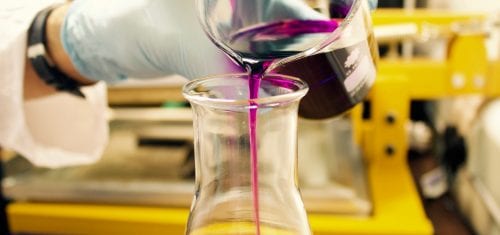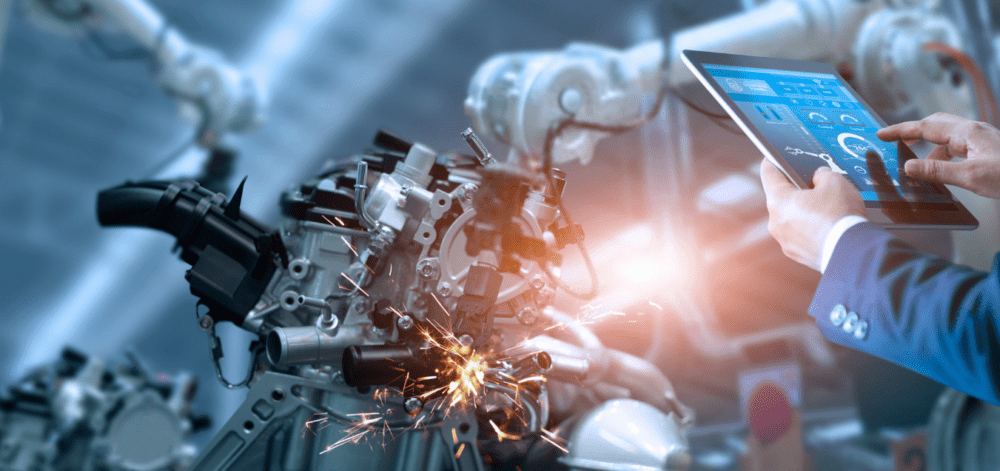Tax relief for robotisation now available
The robotisation tax relief consists of an additional deduction from the tax base of 50 per cent of the eligible tax-deductible costs associated with investment in robotisation. This tax preference will only apply to new robots.
This form of tax relief is intended to function similarly to the research and development relief. A taxpayer engaged in manufacturing activities will be entitled to deduct from its tax base those costs that they already treated as tax deductible costs. The planned duration of the robotisation tax relief is five years – from the beginning of 2022 to the end of 2026.
List of eligible costs
- purchase of industrial robots
- purchase of machines and peripheral equipment for functionally related robots
- purchase of machinery, equipment and other items functionally linked to industrial robots, which ensure ergonomics and safety at work in relation to workplaces
- the purchase of machinery, equipment or systems for the remote management, diagnosis, monitoring or servicing of industrial robots, in particular sensors and cameras
- purchase of human-machine interaction equipment required for industrial robots
- costs of acquiring intangible assets necessary for the proper launch and commissioning of industrial robots and other fixed assets listed
- costs of training services for industrial robots
- leasing costs
Conditions to benefit from the robotisation tax relief
- The tax relief is to be available to all companies regardless of their size or industry
- The tax relief will cover PIT and CIT payers
- Entrepreneurs will be able to deduct the robotisation-related costs as standard during a tax year and will take an additional deduction (as with the R&D allowance) when they file their annual tax return
- Only robots that meet the definition of an industrial robot are eligible for tax relief.
Tax relief for robotisation – Ayming support
- Correct identification of R&D activities – we carry out a comprehensive analysis of the extent of R&D activities. As a result, we are able to determine whether and to what extent a company can benefit from the robotisation relief.
- Identifying costs – we identify which costs and to what extent they can be counted towards robotisation tax relief. The definition of an industrial robot is such that not every robot in a business will qualify for tax relief.
- Legal security – we prepare and complete the documents necessary at the stage of a possible audit by the tax authorities, including the obtaining of tax interpretations.
- Support at every stage of the process – we provide full technical and scientific support, as well as accounting services and the ability to represent the company before the tax authorities.
- Access to unique know-how – with our international experience in R&D funding projects, we possess unique knowledge of the range of available instruments. We will suggest which ones to take advantage of for maximum benefit.
- Implementation security – our solutions comply with current legislation, interpretations and case law.









